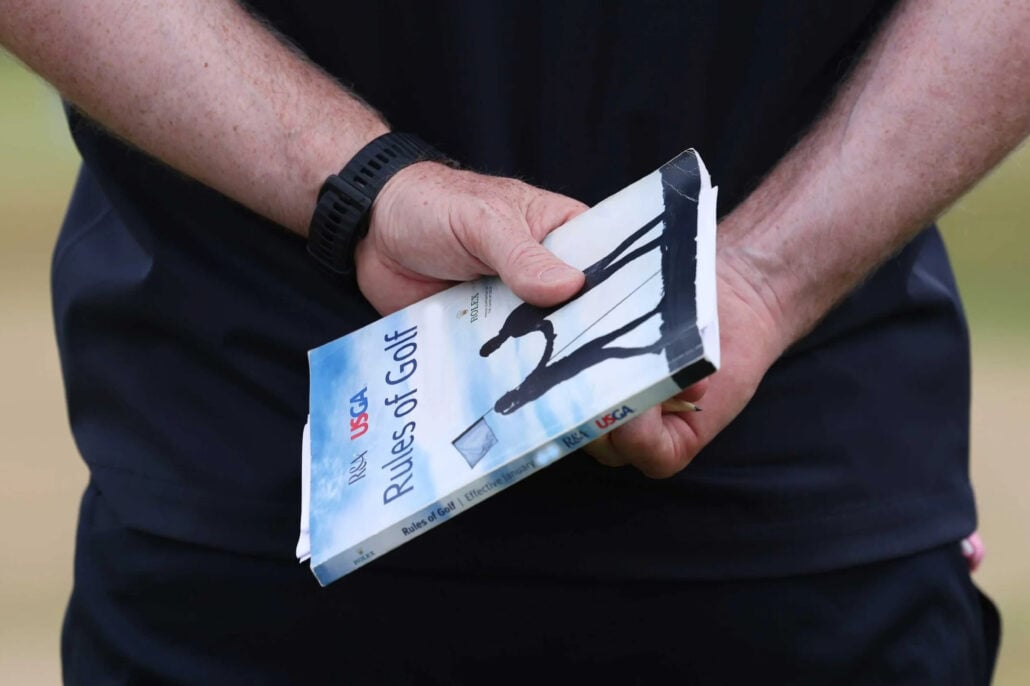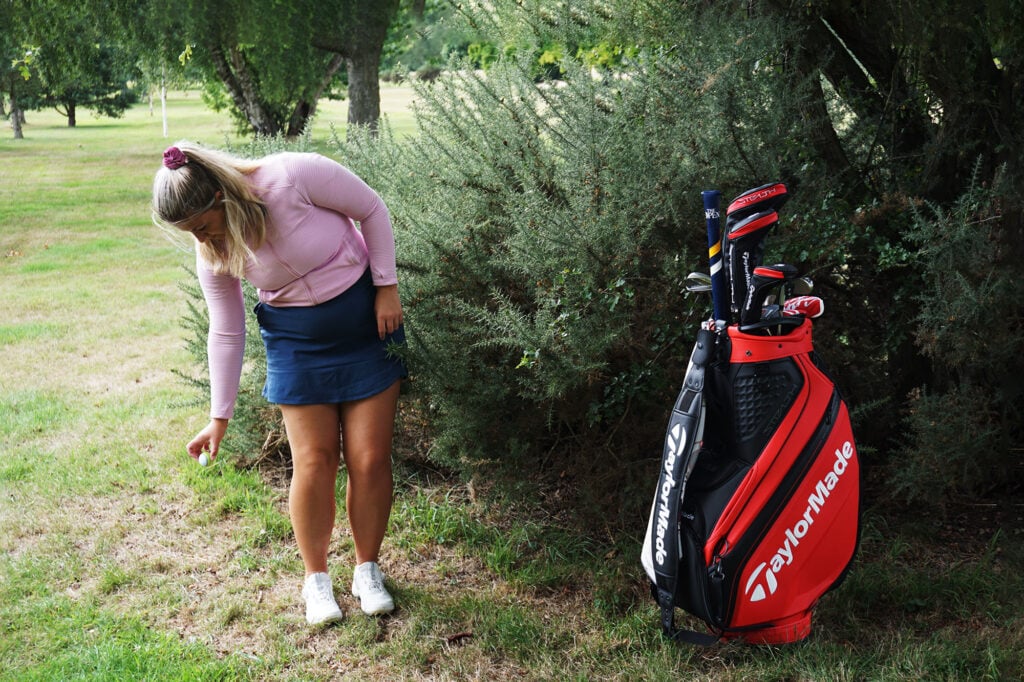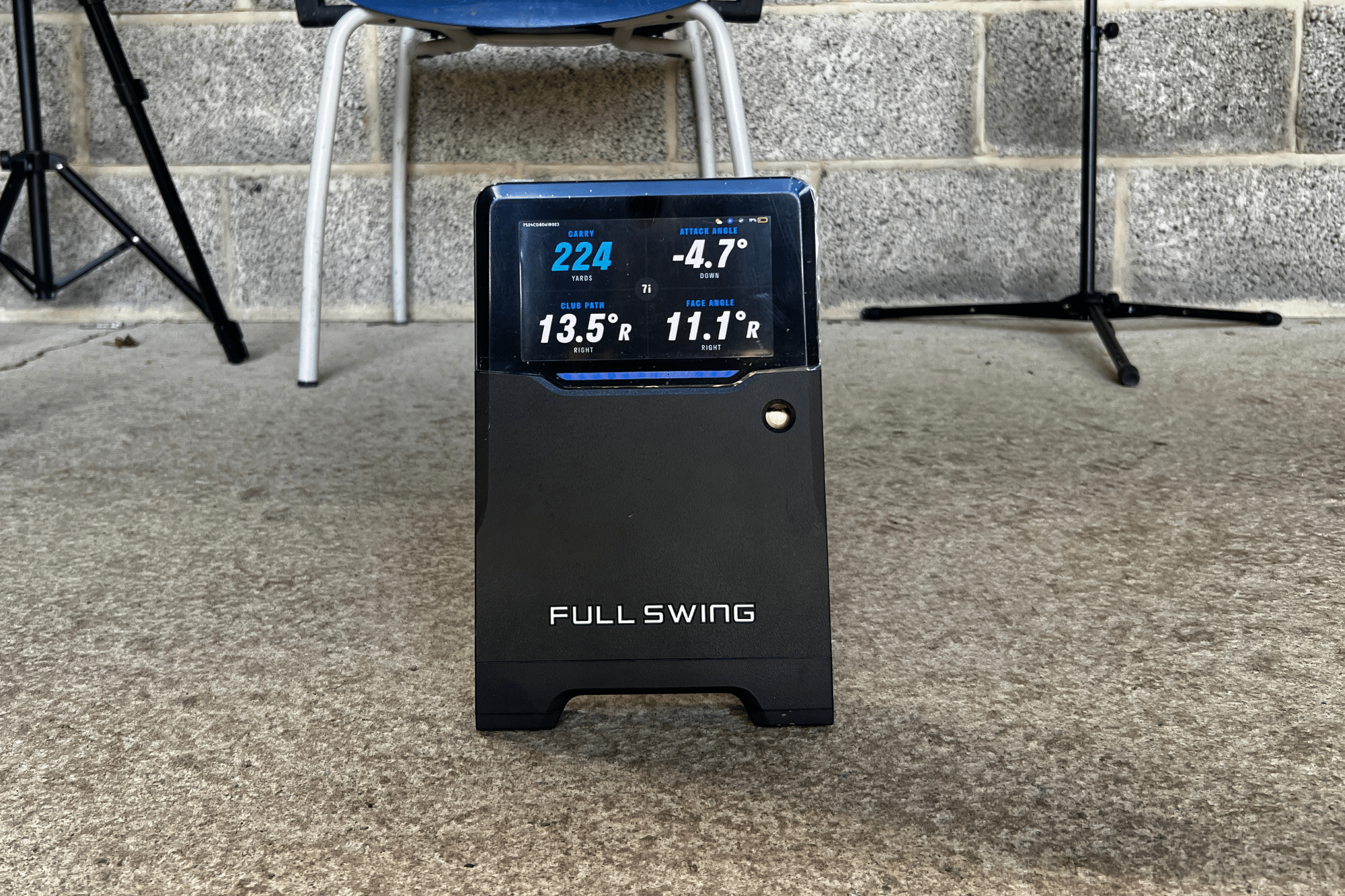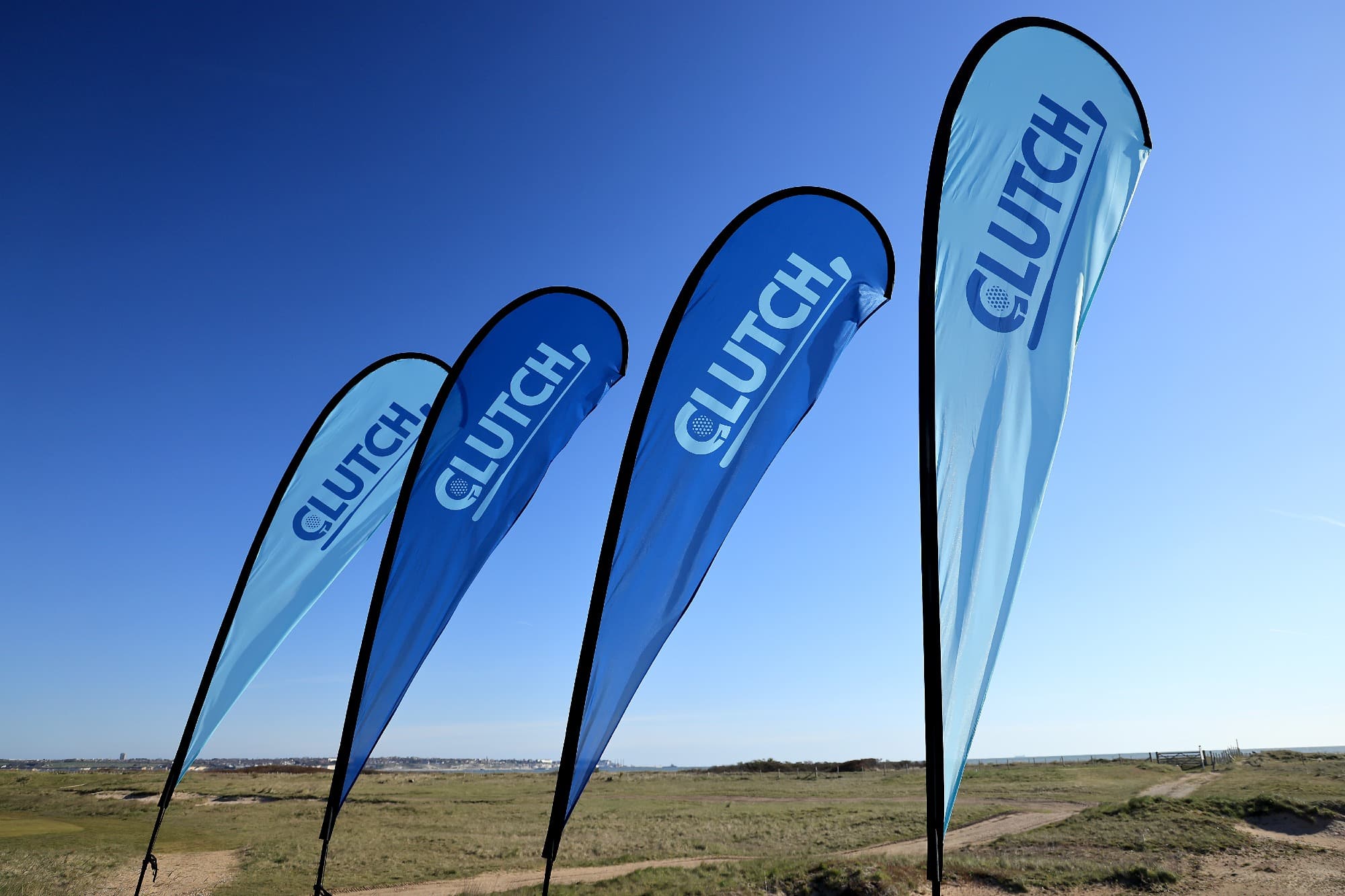
Stop worrying! It’s not cheating to use the rules to your advantage
Too many club golfers think the rules only exist to punish players. But, our expert explains, there is no problem if you can use them to help you
A player calls me over. His ball is in the first cut of rough and it’s lying smack on top of an unrepaired drainage line – the club have been installing a huge new irrigation system and this is ground under repair.
He knows he can get free relief and asks me to explain how it works. I tell him he needs to find the nearest point of complete relief from the GUR and then drop in a one club relief area.
Our guy realises quickly that he can move his ball out of the rough and drop it on the fairway. It’s going to be a much better lie. But he can’t quite wrap his head around it.
“I can do that?” he asks me. “If it’s in your relief area,” I tell him. He doesn’t know the fairway and the rough are the same thing – the general area – in the Rules of Golf.
How does that sit with some of you? Should he have been forced to play from the rough where his ball came to rest?
After all, he didn’t find the fairway off the tee. Or is it one of those occasions where you can use the rules to your advantage?
I was thinking about this reading some of the grumbling after Jordan Spieth and Justin Thomas tried, unsuccessfully, to get relief for an embedded ball in their Ryder Cup second day foursomes against Rory McIlroy and Tommy Fleetwood.
Some took umbrage the pair asked at all – implying it was somehow against the spirit of the game. Others implied worse. My From the Clubhouse co-host, Tom Irwin, was concerned with “the optics”.
- Want to hear more? Listen to Steve and Tom discussing this on the From the Clubhouse podcast
If the golf rule book allows you to do something advantageous then you can do it

As a rules official, I had no problem with it. They are allowed to ask the question. They can even ask for a second opinion (though a referee doesn’t have to grant it). When the ruling didn’t go their way, they played the ball.
If the official had agreed with them, there was nothing wrong with them using the rules to their advantage.
I think if more of you knew those rules, you could help yourselves out on the course too.
I see this often in club golf. Too many of you think the rules are there simply to punish you – to hit you with penalty strokes when something goes awry.
Your first thoughts are: ‘what is my punishment?’ and ‘how many shots?’ But it doesn’t always have to be that way.
Your ball is in a really bad lie in some deep rough, but you’re standing on an animal hole. You are close to a boundary fence, which will restrict your swing, but you’ve got a foot on a nearby path that’s been classed an abnormal course condition. You are just off the fairway but close to a staked tree and your follow through is going to clip the branches.
There are countless scenarios. As long as your stroke isn’t clearly unreasonable you can take relief from all these things.
It’s not cheating. It’s not manipulation. And it’s nothing to do with the spirit of the game. If the golf rule book allows you to take an action that might prove advantageous to you, then you can do it.
It will not always be this way. In the example I used right at the start of this, our player took relief from an abnormal course condition.
The rules are neutral. They don’t guarantee you better or worse conditions. If his nearest point of complete relief had been a bush, and he was determined to take relief, then the bush is where he would have had to drop.
In this case, they helped him. There will be plenty of times when they might not. But if you read them, learn them, and know them, you can make them work for you the next time you take to the fairways.
Now have your say
What do you think of this golf rule book conundrum? Is this against the spirit of the game or do we need to take every opportunity we can get? Let me know by leaving me a comment on X.
Steve Carroll

A journalist for 25 years, Steve has been immersed in club golf for almost as long. A former club captain, he has passed the Level 3 Rules of Golf exam with distinction having attended the R&A's prestigious Tournament Administrators and Referees Seminar.
Steve has officiated at a host of high-profile tournaments, including Open Regional Qualifying, PGA Fourball Championship, English Men's Senior Amateur, and the North of England Amateur Championship. In 2023, he made his international debut as part of the team that refereed England vs Switzerland U16 girls.
A part of NCG's Top 100s panel, Steve has a particular love of links golf and is frantically trying to restore his single-figure handicap. He currently floats at around 11.
Steve plays at Close House, in Newcastle, and York GC, where he is a member of the club's matches and competitions committee and referees the annual 36-hole scratch York Rose Bowl.
Having studied history at Newcastle University, he became a journalist having passed his NTCJ exams at Darlington College of Technology.
What's in Steve's bag: TaylorMade Stealth 2 driver, 3-wood, and hybrids; TaylorMade Stealth 2 irons; TaylorMade Hi-Toe, Ping ChipR, Sik Putter.










